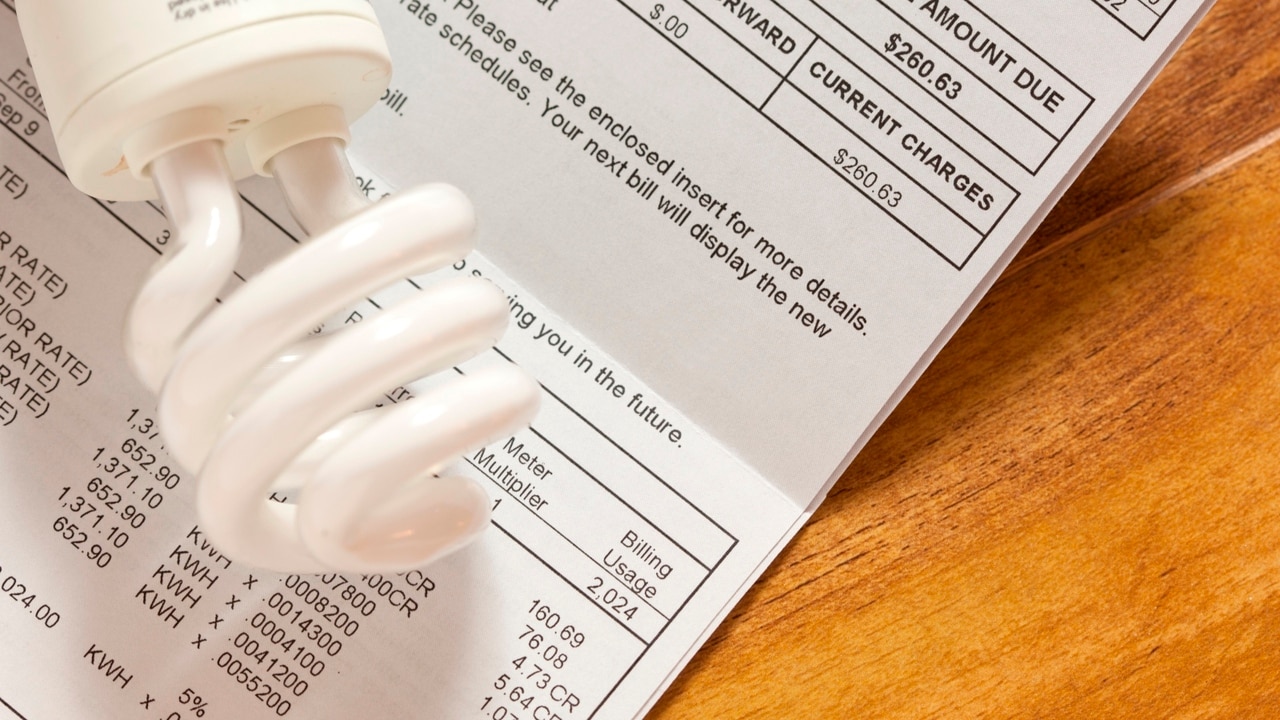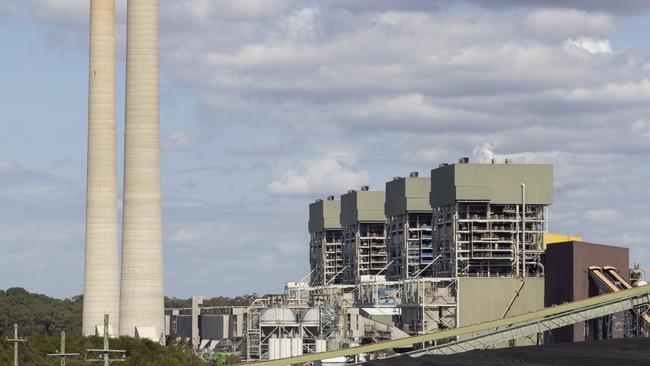NSW’s largest coal power station suffers fresh delays ahead of hot weather return
The delay in restoring capacity at Origin Energy’s Eraring coal power station means NSW is running without its two largest power plants operating at full capacity.

NSW’s largest electricity power station will not return to full capacity until the end of the week after it suffered a further maintenance issue, a delay that heightens the alarm at the capacity of Australia’s energy grid to deal with a return to hot weather.
Origin Energy’s Eraring coal power station has been operating at three quarters capacity since September, when one of four units was turned off for maintenance.
The unit was initially scheduled to return on November 27, but suffered a delay as works were then set to be finished on November 29. But work continued until this week when, on Tuesday, the unit was restarted. But the unit was then taken offline again just hours later, and a spokeswoman for the company said the company now expects it to be online at the end of the week.
“We continue to work through the return to service process for unit 3, which is expected to be back online on Friday, December 6.” the spokeswoman told The Australian.
She did not disclose the reason for the delay.
Authorities will be desperate for Eraring to be ready as scheduled, as NSW’s two largest coal power stations remain running at below full capacity. AGL Energy’s 2.6GW Bayswater coal power station is expected to finish its maintenance program this week, just in time as temperatures are expected to climb again – which will likely stoke demand.

Eraring is critically important, providing on average 25 per cent of NSW’s electricity. The absence of the Eraring unit and two units at Bayswater were a significant contributing factor in the Australian Energy Market Operator last week warning of potential blackouts, as NSW then had insufficient reserves of electricity.
However, electricity demand on the weekends is typically lower than on weekdays – giving AGL and Origin sufficient leeway to complete works as scheduled.
Still, the planned outages will do little to quell market anxiety about the capacity of Australia’s energy grid to deal with summer – one of two critical periods for Australia’s energy grid.
Summer, which is expected to bring hotter than average temperatures, will drive demand for electricity. But a series of coal power closures and a failure to adequately build and install enough batteries or gas – means the market is precariously placed.
“The market is in the best place it could be. The reality is that coal has come out of the system and not enough renewables have been built. It is going to be tight probably until Snowy 2.0 comes into the system,” said one senior energy official who declined to be named as he is not authorised to talk to the media.
Snowy Hydro 2.0 is currently scheduled to be fully operational by the end of 2028, a project that shapes as the best hope to run a grid predominantly powered by renewables. Once complete, it will be able to provide enough electricity to run large swathes of the grid on its own for about a week.
Other industry sources stressed the maintenance was critical if Australia is able to meet its transition agenda, though they warned reliability will be a pressing issue,
“The reality is these coal power stations are old. Millions of dollars is being spent on making sure they are as reliable as possible, but the truth is they need replacing,” said a second industry source.
Australia’s largest energy companies, AGL Energy, Origin and EnergyAustralia have all spent millions of dollars undertaking maintenance on east coast coal power stations, which industry figures give the country its best shot at avoiding catastrophe.
Australia can ill-afford an unplanned outage. Should a coal power station be unable to run at peak demand period, Australia will have to increase gas power generation – a traditional expensive backdrop used primarily for short periods of time.
Using gas to ensure grid stability would threaten to evaluate bills when annual tariffs are reset next year, which would be a hammer blow to the Albanese government, which is already under sustained poll pressure amid a cost of living crisis.
Still, a blackout would be much worse.
“A blackout in summer may be an election-deciding event,” said one industry figure.
Labor must return to the polls by May 2025, and the Coalition believes its plan to use nuclear to meet net zero plans is cutting through with the electorate.
The Coalition has said it will build seven nuclear power stations, but with the first not expected to be ready until 2037 – it will likely have to run coal for longer and increase the role of gas.
But a drawdown on gas in summer illustrates the precarious nature of supplies across the east coast.
The Australian Energy Market Operator on Tuesday warned that if gas is used in greater than normal volumes this summer, supplies will need to be carefully managed as a rapid draw down will inhibit the capacity of the east coast to endure a cold winter.
Gas demand spikes in winter when states such as Victoria ramp-up heating.
Australia is one of the world’s largest exports of gas via LNG, but much of this is exported via long-term contracts – and the traditional source of gas to Australia’s east coast is rapidly depleting and states and the federal government appear hesitant to approve new sources.





To join the conversation, please log in. Don't have an account? Register
Join the conversation, you are commenting as Logout